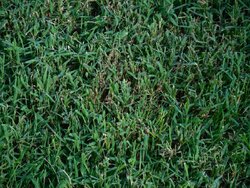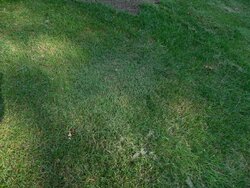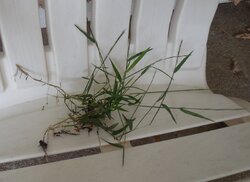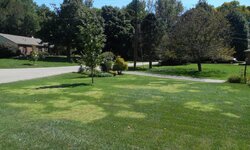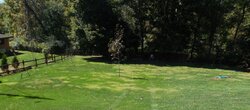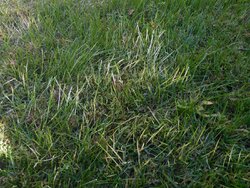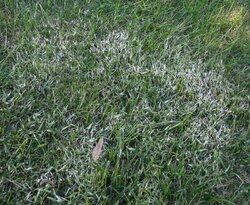Over the years, I've become less inclined to maintain my lawn with fertilizer and weed control, but that's all caught up to me now. I've used Ortho Weed B Gon on the clover and the crabgrass, so I have a strategy for those, but I'm not sure what this stuff is.
Hopefully it can be identified to be sprayed and killed or stopped with pre-emergent. It started out as 2' circles and now occupies large swaths.
Could it be Bermuda grass?
Thanks in advance for any thoughts.
Hopefully it can be identified to be sprayed and killed or stopped with pre-emergent. It started out as 2' circles and now occupies large swaths.
Could it be Bermuda grass?
Thanks in advance for any thoughts.


